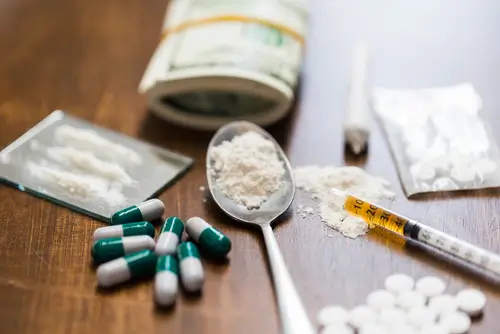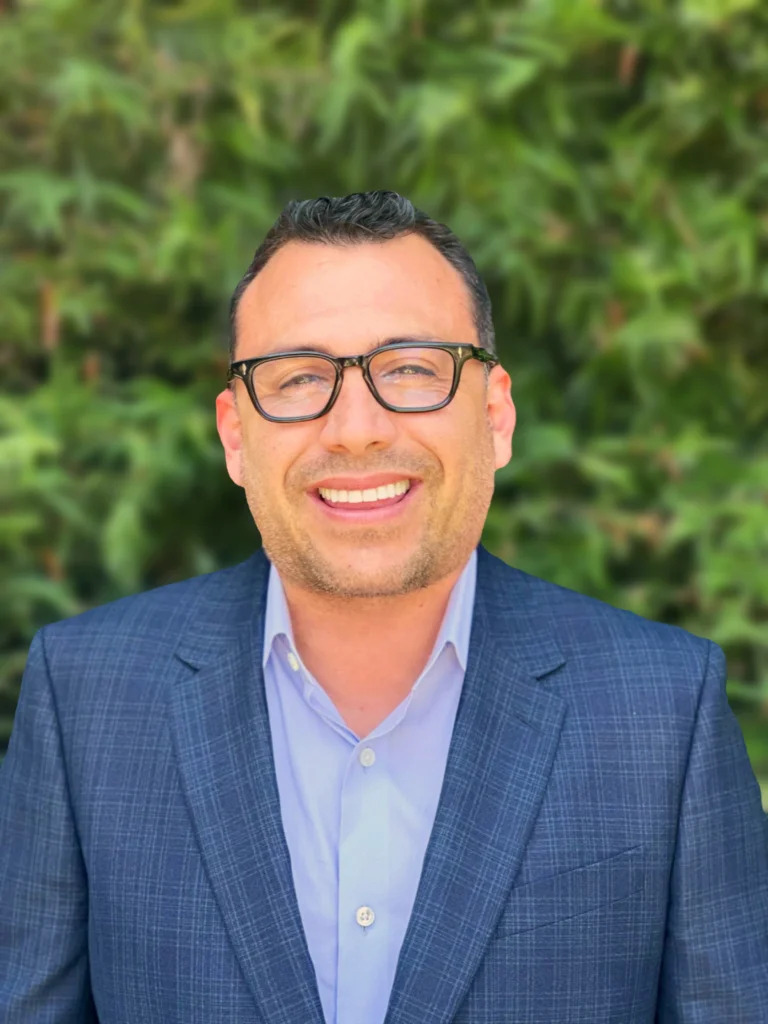Polysubstance abuse is a serious type of substance abuse that can be severely damaging and even deadly for those who engage in it. It is not uncommon for those who abuse one substance to also fall victim to abusing other substances as well. Recently, the CDC has estimated that roughly 50% of all overdose deaths involve more than 1 drug. In this blog, we will cover what polysubstance abuse is, what the signs and symptoms are and how to treat it.
In this article, we will cover what polysubstance abuse is, the risks and symptoms of polysubstance abuse, and the treatment options available.
What Exactly is Polysubstance Abuse?
Polysubstance abuse occurs when a person abuses more than one substance at a time. It’s not uncommon to see people who drink alcohol and also smoke marijuana at the same time. The same goes for those who use cocaine and opiates simultaneously. These are just some examples of substances that are often used at the same time. However, there are no limits on what people may use together. Mixing mind-altering substances of any kind can have serious physical, mental, and emotional side effects.
Different from addiction, polysubstance abuse refers to those individuals who abuse more than one substance at a time but who are not addicted to them. Of course, there are addicts who abuse more than one substance. But, there exists an entire population of individuals who abuse several substances at the same time but who are not hooked on those substances. However, being addicted to a dangerous substance is not a requirement to experience the risks and dangers associated with polysubstance abuse.

What Are the Reasons for Polysubstance Abuse?
Polysubstance abuse is a type of substance use disorder that involves the use of multiple drugs or substances simultaneously. The reasons why an individual may start polysubstance abuse can vary, but one of the most common motivations is to enhance the desired effects of the substances. Many individuals believe that by combining different substances, they can amplify the effects and produce a more intense high.
This desire to enhance the effects of the substances can be due to a variety of reasons, such as a desire for a more intense high, an attempt to self-medicate or manage stress or pain, or peer pressure. However, the consequences of polysubstance abuse can be severe and even life-threatening. Some of the consequences of polysubstance abuse are:
- Higher risk of overdose
- Organ damage and development of physical health conditions
- Mental health disorders
- Bigger cravings
Signs and Symptoms of Polysubstance Abuse
The signs and symptoms of polysubstance abuse are not much different than the signs and symptoms of regular substance abuse. However, they can be more dramatic. Some of the most common symptoms of polysubstance abuse include, but are not limited to, the following:
- Lack of good personal hygiene
- Tremors or shakes
- Poor coordination
- Changes in behavior
- Problems sleeping (both either too much or not enough)
- Secretive behavior and dishonesty
- Getting into or experiencing accidents
- Changes in circles of friends
Another symptom of polysubstance abuse is willingness and lack of discretion when prompted to use more than one substance. It is more common for a person to avoid using more than one drug at the same time out of concern that doing so might be dangerous, however those who don’t bat an eye at it may already be comfortable doing so because they abuse more than one drug at a time often. Sadly, any type of polysubstance abuse can cause serious risks for an individual.
Risks of Polysubstance Abuse
The risks that a person may encounter when abusing more than one substance at a time can vary dramatically. Each substance produces its own type of effects. For example, it is common to see someone abusing heroin to appear lackluster and sloth-like in their movements, while someone who is abusing crack may be excessively talking and non-stop moving around. So, there are certainly specific risks that can occur based on the type of substances being abused. However, any time two substances are combined (especially illicit substances) these risks tend to be the most prominent:
- Interactions – Countless drugs, including over-the-counter drugs are not to be used in conjunction with other drugs because of a dangerous reaction it may cause. The same goes for substances of abuse. For example, someone is abusing heroin with some friends. Someone else comes and joins them and offers OxyContin. If that person consumes both opioids at the same time (depending on the dosage amount), they can suffer respiratory distress. Distress of the respiratory system can lead to death. Conversely, someone who abuses meth and crack (two stimulant substances) can raise their blood pressure and heart rate to a point where they suffer a heart attack or other cardiac complication.
- Severity of side effects – All drugs possess side effects, even ones that are safe to use. But when more than one dangerous substance is being abused at the same time, the effects of each of those substances can become more severe. A common side effect of meth abuse is falling into a state of depression when the high wears off. This side effect can be worsened if a person is abusing a depressant like alcohol that aids in those effects.
- Physical health problems – Abusing more than one drug at a time often causes physical health problems to develop much sooner than in those who only abuse one drug at a time. So, someone who is an alcoholic but who is also abusing Percocet (which contains acetaminophen) runs the risk of suffering liver problems at an increased rate. This can dramatically affect their physical health and potentially end in death.
- Risky overdose potential – It is clear that abusing more than one drug at the same time can increase a person’s odds of suffering an overdose. However, what might not be as clear is the fact that when someone has more than one drug coursing throughout their system and they are overdosing, it can be much harder for medical professionals to treat their overdose effectively. For instance, someone who combined opioids and cocaine may be administered naloxone to help reverse the impacts of the opioids, but the presence of cocaine in the system can make the naloxone less effective.
The risks are endless when it comes to polysubstance abuse. Unfortunately, it is a common occurrence throughout the country. The best way to put an end to polysubstance abuse is to reach out for professional help right away.

Treatment Options for Polysubstance Abuse
The consequences of polysubstance abuse can be severe, and it’s important to seek help if you or a loved one is struggling with this condition. This condition can be challenging to treat, but with proper care and support, recovery is possible. Here are some treatment options for polysubstance abuse:
- Detox: The first step in treating polysubstance abuse is to undergo detox. Detox is the process of removing all substances from the body and managing withdrawal symptoms. Detox is typically done in an inpatient or outpatient setting, and medical supervision in a treatment center is necessary.
- Medications: Medications can be used to help manage withdrawal symptoms and reduce cravings. For example, buprenorphine can be used to manage opioid withdrawal, and naltrexone can be used to reduce alcohol cravings. Other medications may be used to manage mood disorders or other mental health conditions that may be contributing to polysubstance abuse.
- Therapy: Various forms of therapy can be used to treat polysubstance abuse. Cognitive-behavioral therapy (CBT) can help individuals identify and change negative thought patterns and behaviors that contribute to substance use. Motivational interviewing can help individuals build motivation and commitment to change. Family therapy can also be helpful, particularly if family members have been impacted by the individual’s substance use.
It’s important to note that there is no one-size-fits-all approach to treating polysubstance abuse. Treatment should be individualized and based on the individual’s unique needs and circumstances. It’s also important to work with a qualified healthcare professional or addiction treatment center to ensure the most effective treatment plan is developed and implemented. With the right care and support, recovery from polysubstance abuse is possible.
Overcome Polysubstance Abuse in Los Angeles
Abusing several mind-altering substances at one time produces nothing but physical and mental chaos. It is impossible to uphold a happy, functioning life when polysubstance abuse is occurring. This is why it is imperative to stop abusing drugs as quickly as possible.
If you are struggling with polysubstance abuse, know that you are not alone. Also know that you do not need to go through this battle alone. We are here to help you every step of the way. Call us right now to find out how our programming can help address your polysubstance abuse. With our guidance, you can not only stop your active addiction, but you can also learn how to build a recovery strong enough to keep you from ever using again.





